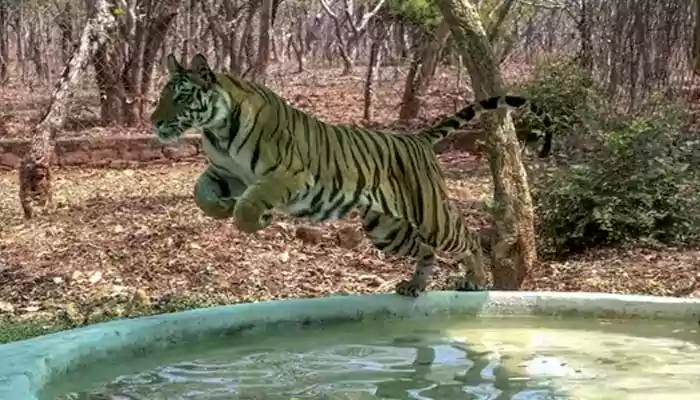Wildlife Conservation In India; What Steps Has The Government Recently Taken?

India's diverse wildlife has long been a tempting target for wildlife criminals, but the government has remained vigilant and proactive in addressing this issue by implementing crucial measures.
India is a magnificent nation blessed with an incredible array of diverse plant and animal life. Its expansive territory, stunning landscapes, and abundant water bodies create an ideal environment for a wide range of wildlife species. However, as the population grows and threats to biodiversity intensify, it becomes imperative for the government to take action to preserve the country's wildlife. Well, our government has taken several steps to conserve the wildlife and promote biodiversity.
In this article, let's take a look at some of the notable measures undertaken by the government to protect and address the challenges faced by India's rich wildlife.
Execution of Project Tiger

Let's begin with the renowned initiative known as 'Project Tiger,' which was initiated back in 1973. This project has been the most extensive conservation effort of its kind and has garnered significant attention over the years. Its primary objective is to preserve endangered tigers and their native environments through the implementation of various strategies.
These strategies include the prevention of tiger poaching and the swift prosecution of individuals involved in harming tigers. Another crucial aspect is fostering a strong relationship with local communities to educate them about coexisting harmoniously with these majestic creatures and developing plans to achieve this goal. Furthermore, the project involves expanding undisturbed regions where tigers can live peacefully, away from human interference. The government has also taken substantial steps to rejuvenate forest habitats, which serve as the natural homes of tigers. Additionally, measures have been put in place to provide compensation to nearby residents, offering alternative livelihoods to ensure the preservation of these natural habitats. In recent years, increased funding has been allocated to Project Tiger, enhancing the likelihood of successful implementation of these measures and furthering the project's overall success.
Founding the Wildlife Crime Control Bureau (WCCB)
In its commitment to safeguarding India's wildlife, the government established the statutory body known as the Wildlife Crime Control Bureau (WCCB). This organisation is tasked with combating wildlife-related crimes and ensuring the prosecution of offenders. To enhance the effective implementation of these measures for wildlife protection, the government has reinforced the bureau's authority by providing additional resources, funding, and personnel.The introduction of E-Green Watch
Recognizing the urgency of preserving the lives of innocent animals, the government has introduced a crucial initiative called "E-Green Watch." This launch was undertaken with a profound awareness of the critical importance of time in the rescue and protection of innocent animals. E-Green Watch is an online monitoring system that allows for real-time tracking of forests, their ecosystems, and the wildlife residing within them. This technology simplifies the swift detection of criminal activities and disturbances, facilitating immediate action. Notably, E-Green Watch has proven highly effective in identifying poachers and illegal actions.We are fortunate to have such exquisite and varied wildlife in our country. Preserving these innocent animals and the diverse range of natural vegetation is our responsibility. The government has been steadfast in its dedication to preserving this extensive range of natural treasures for the benefit of future generations and the continued harmony of coexistence. The previous initiatives have demonstrated their effectiveness, and the government is tirelessly striving to implement additional measures for the conservation of our magnificent wildlife.












